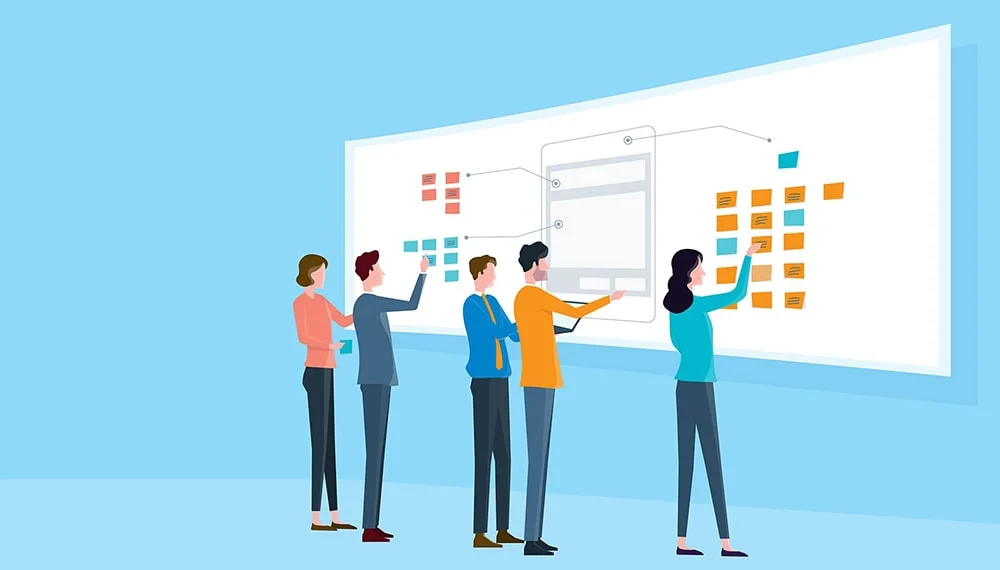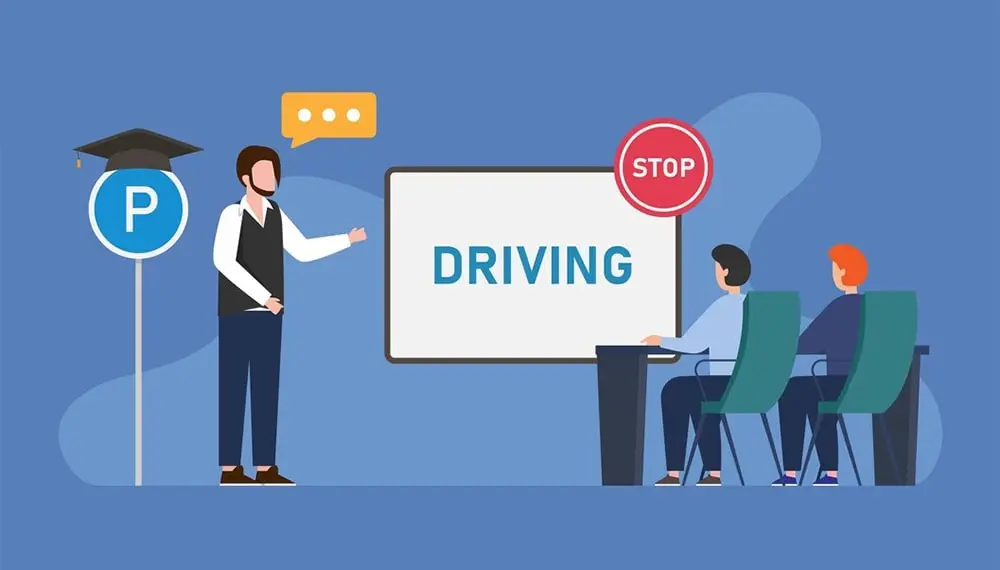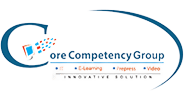Building a Bright L&D Future: Shape How Your Organization Learns
Rohit Kumar
15 Jan, 2024

In the quest for excellence, learning and development (L&D) leaders face the pivotal task of steering their organizations towards a future where learning is not just an activity but the backbone of growth and innovation. At Core Competency, we understand the transformative power of L&D. Sanjay Bugnait, our Managing Director, embodies this ethos, striving daily to not only meet but anticipate the evolving needs of our clientele.
This commitment led him to share his insights on the future of L&D, providing valuable takeaways for any organization looking to align its learning strategy with business goals.
Aligning with Company Goals
Surprisingly, only a minority of companies report a strong alignment between their learning strategies and business objectives. This disconnect often stems from the maturity level of L&D programs within an organization. We’ve identified several stages of growth in L&D:
-
The Initial Phase: Learning is an afterthought, often neglected due to pressing business demands.
-
Reactive Learning: Learning programs hastily address immediate issues, acting as a defensive mechanism.
-
Overbuilt Learning: Organizations dive into L&D without clear objectives, often leading to unnecessary complexity.
-
Emerging Alignment: Deliberate discussions occur between L&D and business leaders, fostering collaboration.
-
Fully-Aligned Learning: Learning initiatives are fully integrated with business strategies, driving key outcomes.
Navigating the Hype Curve
Integrating new tools and content into your organization's L&D strategy is a dynamic process marked by both challenges and victories. Recognizing that initial hurdles are part of the journey is crucial. It's natural for new initiatives to encounter some degree of resistance at first, as changes in methodology or technology can disrupt established patterns.
Success in L&D innovation is rarely instantaneous. It is often achieved through a steadfast commitment to the new approach and a willingness to adapt and refine strategies based on real-world experience. The key lies in the ability to manage expectations and to articulate the vision and benefits of the new tools and content clearly. This thoughtful approach to change management, with an emphasis on persistence and adaptability, is what ultimately creates a learning environment that is both effective and welcoming to all members of the organization.
By anticipating these phases and preparing for them, you can guide your team through the initial discomfort towards the long-term benefits that these changes promise. With the right mindset and strategies in place, your organization can navigate through the initial dips in the 'Hype Curve' and ascend towards a future where L&D initiatives drive growth, innovation, and engagement.
Creating a Culture of Learning
To fully realize the potential of L&D, it's imperative to foster an inclusive culture where every individual feels valued and empowered to learn. A successful learning culture is characterized by:
-
Context: Transparently communicating the 'why' behind training initiatives
-
Credibility: Allocating time for learning within work hours, treating it as a priority
-
Connection: Securing the support of managers to integrate learning into the daily workflow
Innovative L&D Practices
As we look towards the future, several innovative practices are shaping how organizations approach L&D:
Mobile-Based Learning
This approach focuses on the adaptability of learning experiences to fit the increasingly mobile lifestyles of learners. By making training materials accessible on smartphones and tablets, learners can engage with content at their convenience, whether they're commuting, traveling, or between meetings. This flexibility supports continuous learning and ensures that opportunities for development can fit into even the busiest schedules.
Interactive Learning
Interactive learning involves learners actively in the educational process, often through the use of multimedia and interactive elements such as quizzes, drag-and-drop activities, and simulations. This method keeps learners engaged and allows them to apply what they've learned immediately, leading to better retention and a deeper understanding of the material.
Localization
Localization goes beyond simple translation. It involves adapting eLearning content to fit the cultural contexts and language nuances of different regions. This ensures that global teams can understand and relate to the material, leading to an inclusive learning environment where every employee, regardless of their location, can benefit equally from training initiatives.
Animation
Animation is a powerful tool for breaking down complex ideas into digestible, engaging visuals. Animated scenarios and characters can guide learners through processes and concepts in a way that is both informative and entertaining. This approach can make even the most complicated or dry subjects come alive, increasing engagement and making learning fun.
Gamification
Gamification incorporates elements of game play—such as point scoring, competition with others, and rules of play—into learning activities to make them more engaging and motivating. By tapping into the natural human desire for competition and achievement, gamification can transform learning into an enjoyable, rewarding experience, encouraging continued engagement and helping to cement information retention.
Microlearning
Microlearning breaks down learning content into small, specific, and manageable segments, often just a few minutes long. This approach is ideal for learners with limited time and caters to the modern attention span. It allows learners to quickly close knowledge gaps and apply new skills or knowledge almost immediately after acquiring it.
E-Learning Graphics
Visual learning is an important aspect of knowledge retention, and e-learning graphics play a crucial role in this. By incorporating high-quality, relevant graphics, learners can visualize concepts and understandings more clearly. Graphics can include charts, infographics, and other visual aids that enhance the learning experience and aid in the retention of information by creating mental images associated with the learned material.
Conclusion
The journey to a brighter L&D future is paved with intention, innovation, and inclusivity. At Core Competency, we are committed to guiding organizations through this evolution, ensuring that learning strategies not only align with current needs but are also future-proofed against an ever-changing business landscape.
Is your organization ready to redefine its learning journey? Core Competency is your partner in crafting an L&D strategy that propels your company forward. Contact us to explore how our tailored L&D solutions can transform your organization's approach to learning and development.




